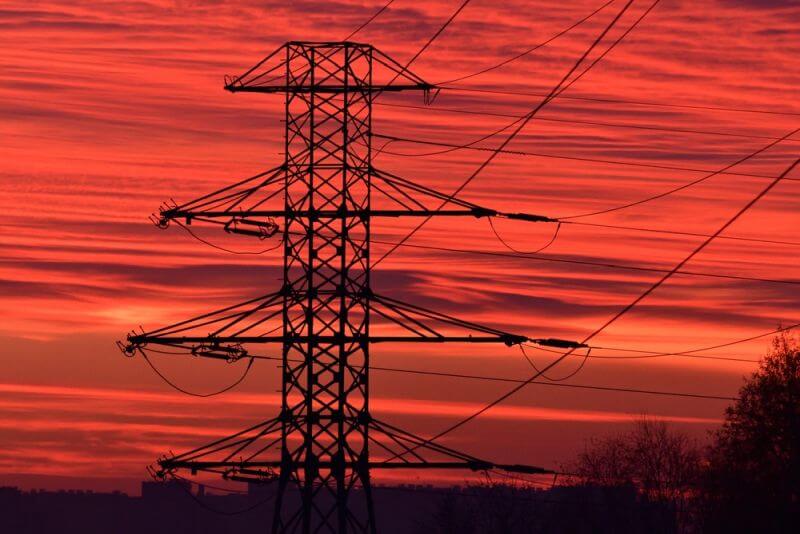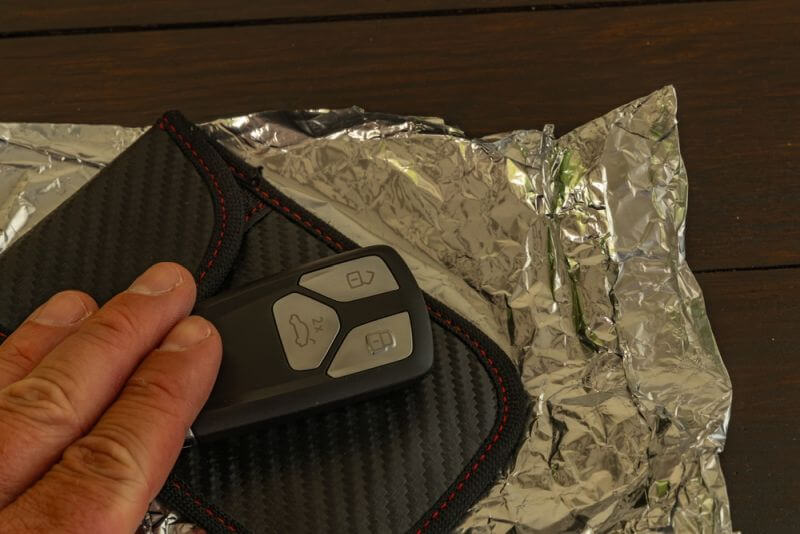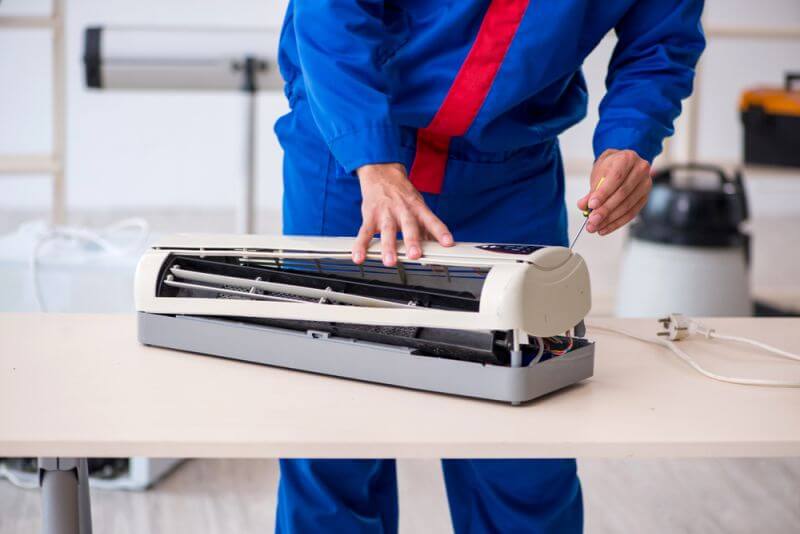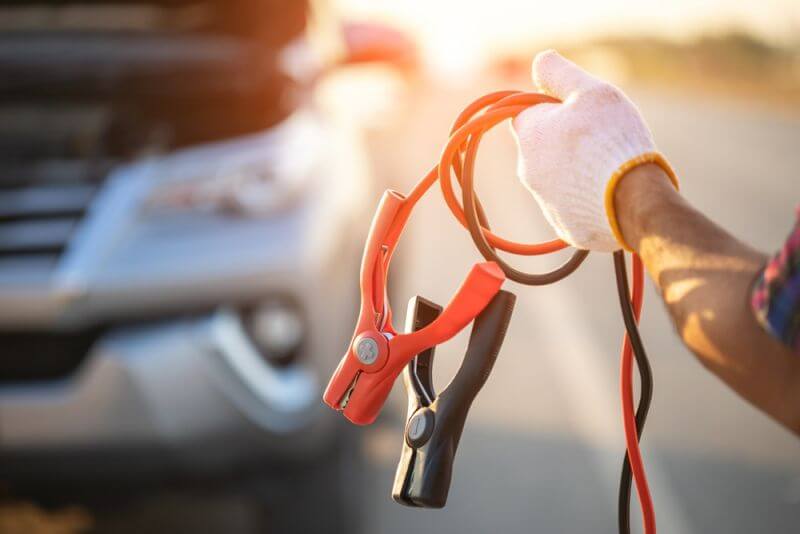Alga, or the plural algae, is the latest breakthrough in the biofuel world. If our economy crashes or we experience an event that changes life as we know it (an EMP, for instance), fossil-based fuels may not be readily available to us.
That leaves three choices: walk, ride a horse, or find another way to fuel our vehicles. Since walking is pretty inefficient on long distances and horses aren’t an option for most people, finding a sustainable source of fuel will be paramount.
Today we’re going to talk about making fuel from algae. Before we begin, you need to know that this isn’t the easiest of processes because it involves extracting the oil from the plant. That does, of course, apply to any crop that you’re going to grow yourself for biofuel.
You’re going to need to invest some money into equipment and chemicals. You’re also going to need to invest some time into practicing and learning the exact process. Already-pressed oil is much simpler, but of course that may not be available if SHTF.
Choosing the Best Algae for Biofuel
The reason that alga is being considered the possible biofuel of the future is because some species yield up to 60% of their biomass in lipids, aka oil. To put that in perspective, corn yields about 18 gallons of oil per acre, sunflowers yield 102 gallons and micro algae yields 5000-15,000 gallons.
Also, algae can be grown on ponds and swamps that don’t compete with food crops. Significant difference, yes?
There are a ton of different types of algae on our planet but some are much more suited for biofuel than others. You want to find one that’s easy to grow, produces a high percentage of oil, and reproduces relatively quickly.
 Chlorella is fairly popular among growers because it has a rapid growth rate and grows well in a pond setting.
Chlorella is fairly popular among growers because it has a rapid growth rate and grows well in a pond setting.
It’s green algae that can be packaged for food after the oil is extracted so there’s no waste and it is multi-use.
About 29% of its dry weight is oil.
Because different types of algae thrive in different climates, you should choose based upon what you can grow and use the best.
Growing Algae for Biofuel
How you grow your algae will depend largely upon what type you grow, but there several different common ways. The standard ingredients that you’ll generally need are simply hydrogen, nutrients for your specific algae, water, and sunlight.
As algae have a harvesting cycle of about 1-10 days, you can grow a lot in a very short period of time. You can also harvest up to 90% of the crop without damaging your future yields.
There are a few different ways for you to grow algae for biofuel. They include:
- Open ponds. Though this may seem to be the easiest, most natural way, it poses some challenges. If your strain of algae isn’t hardy, it could be wiped out by poor weather, fluctuations in pH, or invasive algae or bacteria. Also, strains with higher lipid content grow much slower in an open pond environment depending upon these challenges.
- Closed-Loop Systems. These systems consist of a network of clear plastic bags or tubing exposed to artificial light or sunlight but not exposed to air. This prevents contamination from bacteria or other elements but requires that sterile CO2 be pumped through, as the system isn’t exposed to air.
- Photobioreactors. This is a method that uses a system of hoses or bottles that have water circulated through them and are exposed to light. The algae may also be grown in a container that’s completely opaque and enclosed indoors, with light being pumped into it. That’s an expensive, industrial way to do it though, and is outside the scope of the DIY’er. Again, you’ll need to pump CO2 through it in order to control the growth of your algae. This can be done using a bubbler similar to what you use to aerate a fish tank. There are currently systems that use gravity, which is great because they don’t require power. The problem with this process is that it’s in its infancy and an effective model hasn’t really been tested yet.
- Ultrasonic Extraction. This method involves the use of ultrasonic waves to crack the algae molecules in order to separate the biomass from the oil. Not really an at-home type of thing yet.
It seems to us that the best way to grow your own algae at home in a survival situation is to either use the photobioreactor system using plastic tubing or bottles, or use the open pond system.
To get either system started, you simply add the nutrients and algae starts to the water. With the bioreactor, you’ll start circulating the water and with the pond, you just let it go.
Extracting Oil from Algae for Biofuel
The next step, after you gather your algae from the source, is to dry it thoroughly if you’re going to use a mechanical press to extract the oil. If you’re using chemical methods, this isn’t as necessary.
There are dryers made specifically for this, but since we’re operating on the premise that there will be no power, you can dry it in the sun. Let it dry completely; water in your diesel is a bad thing and good preparation here will save you work later.
Once the algae are dry, it’s time to extract the oil. If you just want to press it out without using chemicals, you can use a large press purchased specifically for this, or you can use a smaller home press. For detailed directions, check out our article, How to Make Your Own Vegetable Oil, as algae oil is a type of vegetable oil.
The most effective way to extract the most oil from algae is by using a combination of manual and physical techniques. Use a press (screw, expeller or piston, depending upon your algae type) to get most of the oil out, then add a hexane solution to get the rest. Distill it or allow it to settle, then drain the oil from the bottom just like you do when processing vegetable oil.
To turn your algae oil into biofuel, you need to put it through a process called transesterification. This is a pretty detailed process that we discuss this great length in our article, How to Make Oil at Home for Biodiesel.
Growing algae is certainly a viable method of producing oil for biofuel that can be used to operate vehicles and machinery, to cook with, and to illuminate and heat our homes in a post SHTF world. For that matter, it’s a fabulous alternative to fossil fuels in the world as we know it. Research continues and as scientists learn more, better techniques for growing and harvesting algae will be discovered.
If you have any questions about making biofuel from algae, or if you’ve done it already, please feel free to tell us about your ideas or experience in the comments section below.
This article has been written by Theresa Crouse for Survivopedia.









































































I want to say that I am a really big fan. I read the info included on you’re article about you, and I want to say that this article helps a lot because I live by a large lake, and there is algae everywhere. We like a lot of the same things. Would be great to talk to you. Thanks.
Sincerely, Matthew
But it still doesn’t address what to do for lubricating oil. It seems like you will have
to stock up on lubricating oil and hope your supply lasts as long as your engines.
you would have to scavenge oil from derelict vehicles
Whew, sounds difficult! But then again, so does post-SHTF life! I think it will be very smart to practice & learn this now.
You’re kidding, right? There are only a double handful of companies (heavily subsidized by companies with a lot more money than they have) commercially manufacturing biofuels from algae. The photobioreactors you talk about are hideously expensive to manufacture. And there is the not too insignificant problem of the power needed to run the pumps to push your algae laden water through the reactor. Then there is the problem of finding a massive amount of clean CO2 to feed the algae (much of the research on algae fuels indicates that this may only be commercially viable in conjunction with power plants that generate large amounts of CO2 in the process of firing their own fuel…this CO2 then exits the boiler from the stack). I doubt most of us have unimpeded access to a pond where we can simply grow algae and cultivate it with no interference. Then there is the problem of the rest of the plant and animal life that grows in a pond that has to be filtered out so you have nothing but algae to process. Suggesting that your average prepper is going to have the means, materials, and methods needed to produce biodiesel or bio-gasoline from algae in a post-SHTF environment is good science fiction, but you should really stick to subjects that will really help people when the world as we know it changes forever.
Bob is right! bio-diesel is hard enough without having to create the raw material. i.e. the corn oil or other bio-mass algae of whatever.
When using a diy photobioreactor such as a couple of sealed 55-gallon fish tanks exposed to sunlight, after dewatering the algae cake and extracting the oil with the screw press, place the remaining biomass in solution and add some common baker’s yeast in a sealed sterile container. Allow the yeast to ferment the carbohydrates locked in the bonds of the algal biomass. The yeast will produce ethanol and CO2 as a byproduct, which can be be fed back into the photobioreactor as a limiting reactant for algae growth. Double distill the ethanol for near 100 proof. Add lye recovered from strained wood ash with the ethanol to make a solution. Combine this solution with the algae oil you pressed out earlier for 100% clean algae biodiesel. Remaining biomass is pure protein than once dried can be used as a feedstock. The process can be repeated continuously using the same water saved from filtering. When concentrations of the algae are high, cut off the Co2 supply to force the algae to produce large amounts of lipids as a secondary metabolite. Filter, dewater, press, ferment, distill, mix
Thought provoking article. Stuart this is a solid explanation, can you point to further reference whether article, book or video to provide more detail for the construction and process of such a photobioreactor? Very much appreciated sir!
I am growing marine micro algae for a science fair project and I need to make biofuel from it. The problem we have is that our school lab is limited to certain tools we can use. Does anyone know a way we can make this biofuel in a simpler and more cost effective way.
Thank you.
hello david.. am making biofuel for a science fair as well.. and our school lab is limited to certain tools as well.. you made it btw ? and how was it ?
I am still trying to figure out how to do it. If you find anything please contact me.
how long it will take?
When ever making a new kitchen or renovating an existing kitchen, it is highly recommended and a
good idea to keep an open mind and find out everything possible – by the end of the process, it will definitely pay
off. Here are some common myths about the design process as
well as its results:
“You can certainly add later” -the best planning is to take into account and add all the characteristics of the
kitchen at the planning and as well as or renewal stages, and not at
a later stage. For example, although you may are not thinking about setting up a
flat screen TELEVISION in the kitchen space or if
you do not currently have a water dispenser, the best thing is to put together
for future installation of these and plan power, communication and
water details and keep the choices wide open. Also, since the kitchen is supposed to provide
us for quite some time, it is highly recommended to measure
all existing ergonomic solutions such as drawer drawers, cabinet style
dishwashers, and so forth Even if you are
young and fit at the moment, these additions will prove themselves Mobility as time goes on.
Either way, if you prefer to deal with kitchen planning in stages – one aspect or specific
area at a time – be certain to plan carefully so that everything
will fit in stylistic and functional harmony when the kitchen will finally be complete.
” I do not have so many things” – whether we like it or not, your kitchen has
tremendous potential for ruining due to multitude of items kept in it, which is why space is
plenty to store, This means that there is a relative shortage of overhead storage cabinetry, so it
is important to balance function and style.
“Bigger Better” – Your kitchen space is large and you need
a sizable kitchen, but then you will find yourself going back and
on from one machine to another, and this situation, preferably in the look
stages, consider adding a job sink beside the refrigerator
or Reduce the need to cross these distances, and
there is certainly that these improvements mean additional costs,
and if your budget is limited, it is obviously worthy of
considering a compact kitchen.
“I do not desire a designer ” -not every kitchen design project requires a designer, but many people need someone to help us
see the overall picture and watch over the work.
Renting consult with an architect or designer does involve quite a lot of cost, but in the long run it is approximately conserving money and
time. Although you may have a very clear picture
of what you want, do not save the expense of a designer as
it can best fulfill ideal. Proper and efficient planning of your kitchen and coordination between all the many professionals
engaged in building your kitchen by a designer can keep your project
within their as well as budget, save you unnecessary money
and pointless problems and particularly keep your sanity.